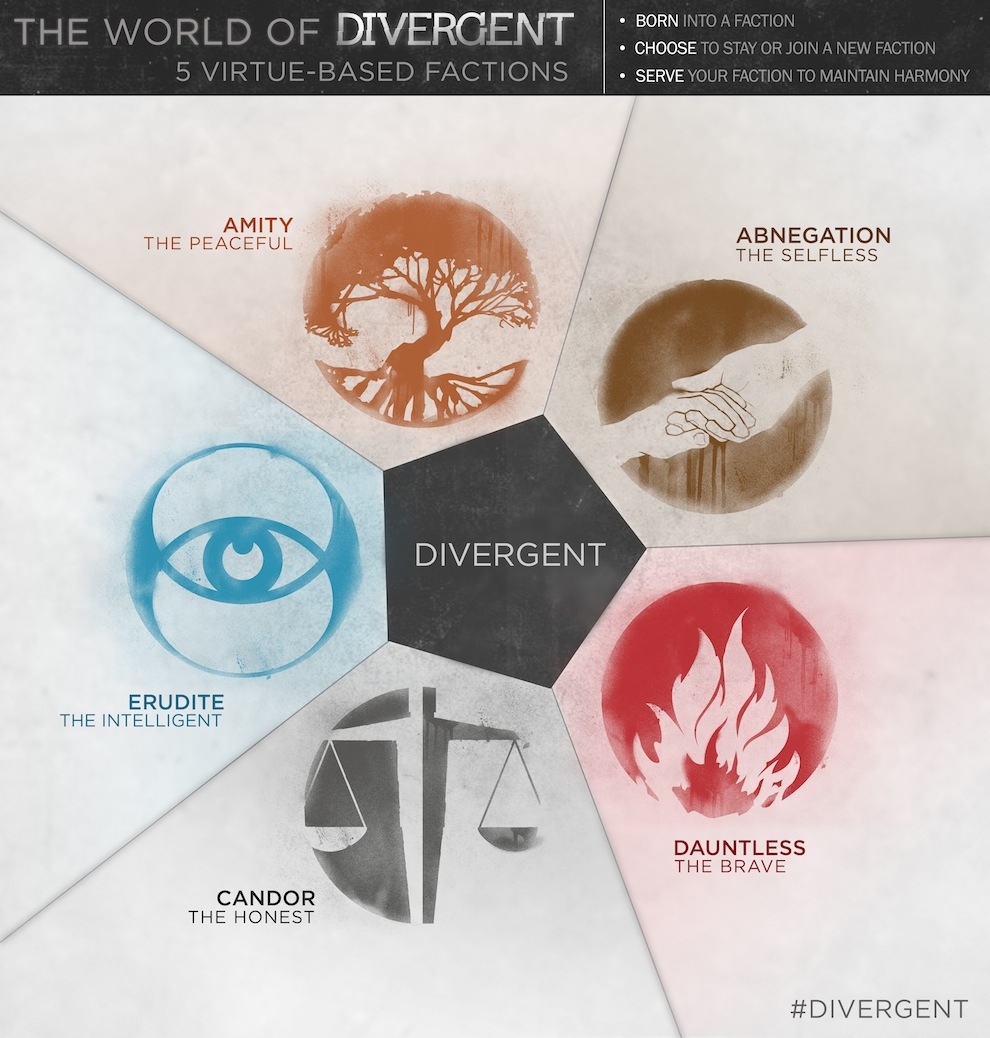In modern organizations, factions play a critical role in shaping internal dynamics and influencing decision-making processes. These factions, often formed around differing interests, ideologies, or power structures, can impact everything from strategic direction to day-to-day operations. Understanding and managing these internal power struggles is essential for fostering a productive and cohesive work environment. This article explores the nature of factions within organizations, their implications, and strategies for navigating and leveraging internal power struggles effectively.
#### **1. Understanding Factions in Modern Organizations**
**Definition and Formation**:
Factions in organizations are groups of individuals who align themselves based on shared goals, interests, or beliefs that may differ from those of other groups within the organization. They often emerge due to differences in departmental objectives, personal ambitions, or varying perspectives on the organization’s direction.
**Types of Factions**:
– **Departmental Factions**: Groups formed along departmental lines, where different departments have distinct priorities and strategies.
– **Leadership Factions**: Clusters of individuals who support specific leaders or leadership styles, influencing executive decisions and organizational strategy.
– **Interest-Based Factions**: Groups that form around specific issues or interests, such as innovation, cost reduction, or market expansion.
#### **2. The Impact of Factions on Organizational Dynamics**
**Decision-Making**:
Factions can significantly influence organizational decision-making by pushing for their preferred outcomes. When factions have differing priorities or visions, decision-making processes may become contentious, leading to delays or compromised solutions that attempt to balance conflicting interests.
**Internal Communication**:
Factions can affect internal communication, creating silos or barriers between different groups. Effective communication channels are crucial for overcoming misunderstandings and ensuring that all factions are informed and engaged in organizational objectives.
**Culture and Morale**:
The presence of factions can impact organizational culture and employee morale. While healthy competition between factions can drive innovation and performance, persistent internal conflict may lead to a toxic work environment, reduced collaboration, and lower employee satisfaction.
**Resource Allocation**:
Factions often compete for limited resources, such as budget, personnel, or time. This competition can lead to uneven distribution of resources and may impact the organization’s ability to achieve its overall goals.
#### **3. Strategies for Managing Factions**
**Encourage Open Dialogue**:
Fostering open communication channels between factions helps to address misunderstandings and build mutual respect. Regular meetings and forums where representatives from different factions can discuss their perspectives and concerns can facilitate collaboration and alignment.
**Promote a Unified Vision**:
Developing and communicating a clear organizational vision and goals can help align disparate factions towards common objectives. Ensuring that all factions understand and buy into the overarching mission can mitigate internal conflicts and promote a sense of shared purpose.
**Facilitate Cross-Functional Teams**:
Encouraging collaboration through cross-functional teams can help break down silos and foster cooperation between different factions. These teams can work on projects that require input from multiple departments or groups, facilitating a better understanding of diverse perspectives.
**Implement Conflict Resolution Mechanisms**:
Establishing formal mechanisms for conflict resolution, such as mediation or arbitration processes, can help address and resolve factional disputes. Having a neutral party to facilitate discussions and find common ground can prevent conflicts from escalating and impacting organizational performance.
**Promote Leadership and Inclusivity**:
Leaders play a crucial role in managing factional dynamics. Leaders who are inclusive, fair, and skilled in navigating internal politics can help balance the interests of different factions and build a cohesive organizational culture. Leadership training and development can also enhance leaders’ abilities to manage internal conflicts effectively.
#### **4. Case Studies of Factions in Modern Organizations**
**Tech Industry Rivalries**:
In the tech industry, companies like Google and Apple have experienced internal factionalism over product strategies and innovations. For example, competing teams within these companies may have differing visions for new product features, leading to internal debates and strategic shifts. Managing these factions requires clear communication, alignment with company goals, and effective leadership to ensure that innovation continues while internal conflicts are minimized.
**Political Factions in Non-Profits**:
Non-profit organizations often experience factionalism related to mission priorities or funding strategies. For example, different factions within a non-profit may advocate for various programmatic focuses or approaches to achieving the organization’s mission. Effective management involves aligning these factions with the core mission, ensuring transparent decision-making processes, and fostering collaboration.
**Corporate Mergers and Acquisitions**:
During mergers and acquisitions, factionalism can arise as employees from different organizations come together. Differences in corporate culture, management styles, and strategic priorities can lead to internal conflicts. Successful integration requires careful planning, communication, and efforts to unify the merged entities around common goals and values.
#### **5. The Future of Factions in Modern Organizations**
**Adapting to Remote Work**:
The rise of remote and hybrid work environments introduces new dynamics for managing factions. Virtual teams and remote communication can exacerbate factionalism by creating barriers to face-to-face interaction. Organizations must develop strategies for virtual collaboration and ensure that remote employees remain engaged and aligned with organizational goals.
**Leveraging Diversity**:
Diverse perspectives within factions can be a source of innovation and competitive advantage. Embracing diversity and inclusivity in factional dynamics can lead to more creative solutions and a stronger organizational culture. Organizations should focus on leveraging the strengths of diverse factions to drive growth and success.
**Technology and Data-Driven Insights**:
Advancements in technology and data analytics can provide insights into factional dynamics, helping organizations better understand and manage internal power struggles. Tools that track communication patterns, project progress, and team interactions can assist in identifying potential conflicts and addressing them proactively.
#### **Conclusion**
Factions are a natural and influential aspect of modern organizations, shaping internal dynamics and impacting decision-making processes. By understanding the role of factions, their impact, and effective management strategies, organizations can navigate internal power struggles and foster a collaborative and productive work environment. Balancing diverse interests, promoting open dialogue, and leveraging the strengths of different factions can drive organizational success and resilience in an ever-evolving landscape.
